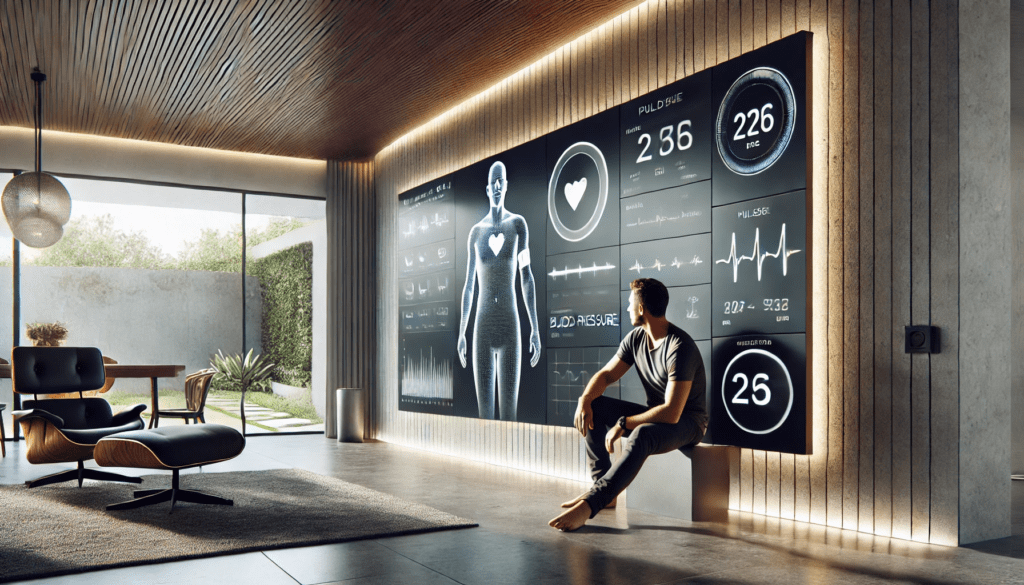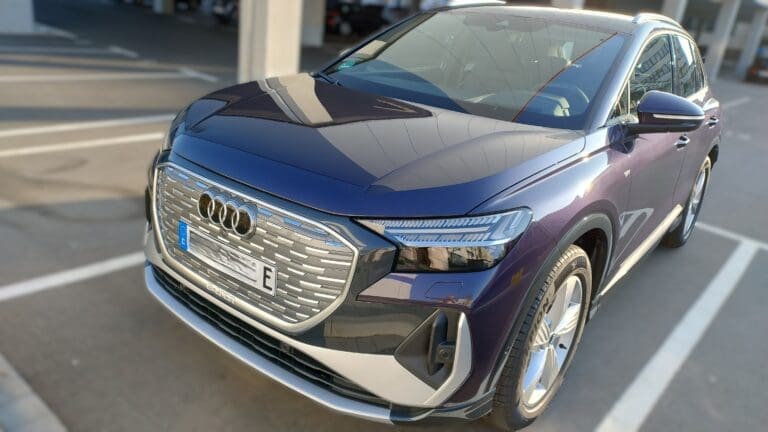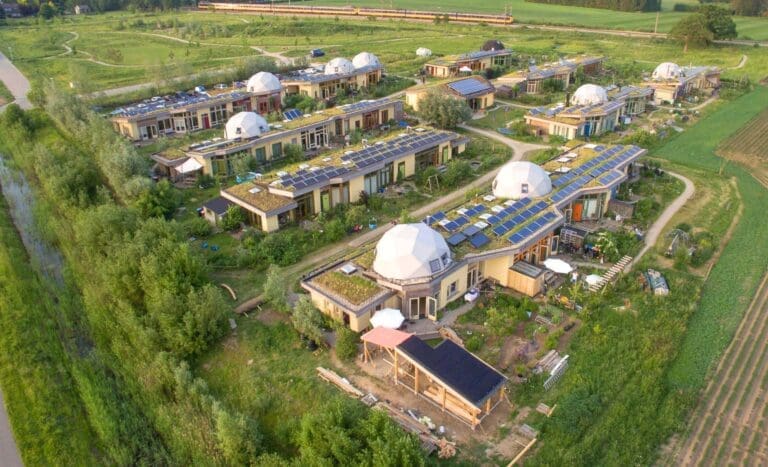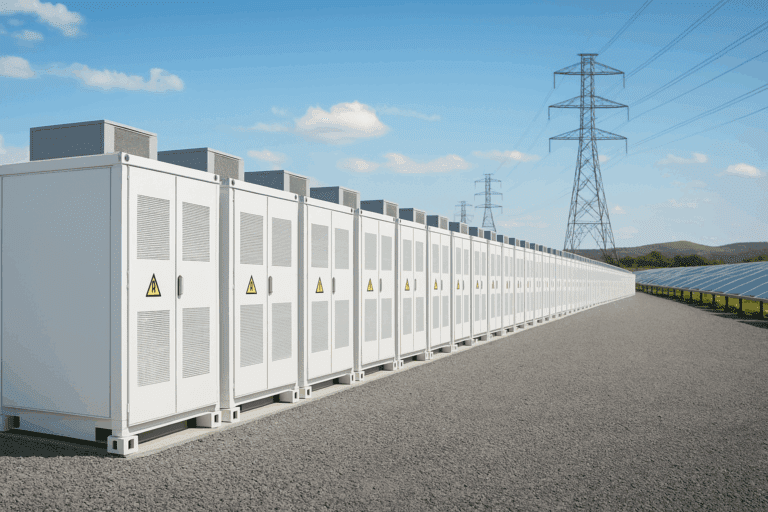The Smart House Revolution
The “smart house” represents a significant technological advancement of our homes. Combining artificial intelligence (AI) with sustainable living practices, smart homes not only enhance environmental awareness but also offer numerous possibilities to simplify daily life. Whether it is managing energy and home security, or smoother integration of programmable devices such as cleaning bots, garden irrigation systems, door locks etc., smart homes are setting the stage for a new era of intelligent living.

What is a Smart Home?
Simply put, a smart home is an interconnected network of devices within a house, controlled by a central hub, typically through a smartphone or smart control system. These devices include sensors, smart thermostats, and meters for monitoring gas, water, and electricity consumption.
For instance, when a motion detector senses movement, lights automatically turn on. If the temperature in a room fluctuates beyond a set threshold, the heating or air conditioning systems adjust accordingly. As a result, a smart home is not just about automation—it’s about optimizing energy consumption and creating a more efficient living space.
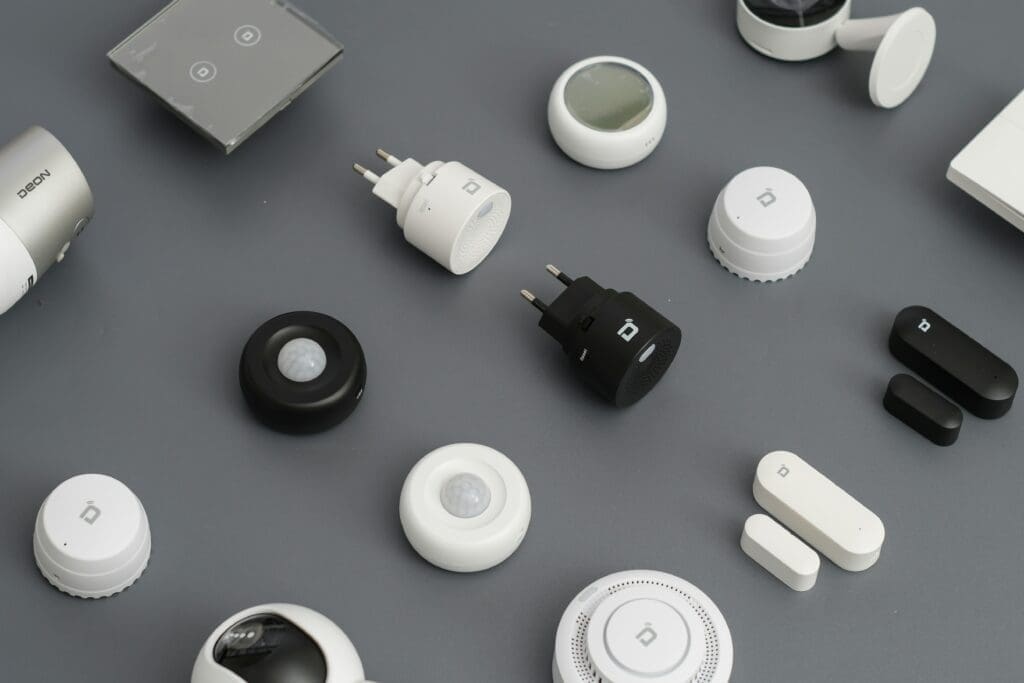
The Look and Feel of a Smart Home
Smart homes often feature modern, sleek designs, with an emphasis on natural elements like wood combined with cutting-edge technology. This blend of aesthetics and functionality ensures that technology remains subtle but ever-present. Inside, smart features such as automated blinds and AI-powered security systems harmonize to create a seamless living experience, integrating technology into daily routines with minimal effort.

Challenges of Smart Homes
Despite the incredible benefits, smart homes come with certain challenges that need to be addressed:
- Data Privacy: One of the biggest concerns with smart homes is data security. With devices constantly collecting and transmitting data, homeowners are often exposed to privacy risks, particularly in the event of a cyberattack. Smart devices may be vulnerable to hacking and data breaches.
- Cost: The initial cost of purchasing and installing smart home technology is still relatively high. From smart thermostats to automated security systems, these often come with a hefty price tag, making them less accessible for all homeowners.
- System Vulnerabilities: Like all digital technologies, smart homes are susceptible to technical issues. Power outages, software bugs, or miscommunication between devices could lead to temporary system failures or disruption in daily tasks.
Advantages of Smart Homes
On the other hand, smart homes offer numerous advantages that can significantly improve the quality of life for homeowners:
- Energy Efficiency: Smart homes excel at reducing energy consumption. Devices like the Nest thermostat can lower heating and cooling costs by an average of 12% on heating and 15% on cooling.[1] The ability to automatically adjust lighting, heating, and cooling helps create a more energy-efficient living space.
- Convenience Through Automation: Smart home devices automate routine tasks, offering significant time savings. For instance, robotic vacuum cleaners can save homeowners approximately 110 hours annually by handling floor cleaning duties.[2] Similarly, smart thermostats allow for remote temperature adjustments, eliminating the need for manual changes and optimizing energy use.
- Sustainability and Resource Conservation: Smart water systems, efficient HVAC (Heating, Ventilation and Air Conditioning) management, and electricity monitoring tools contribute to significant resource savings. Studies show that smart homes can reduce water usage by 10-20%.[3] These features help promote a more sustainable living environment while minimizing the household’s carbon footprint.
- Improved Security: Smart home security systems provide an added layer of protection, with features like self-locking doors, facial recognition, and real-time notifications. This enhanced security system can help prevent unauthorized access and notify homeowners immediately in case of suspicious activity.
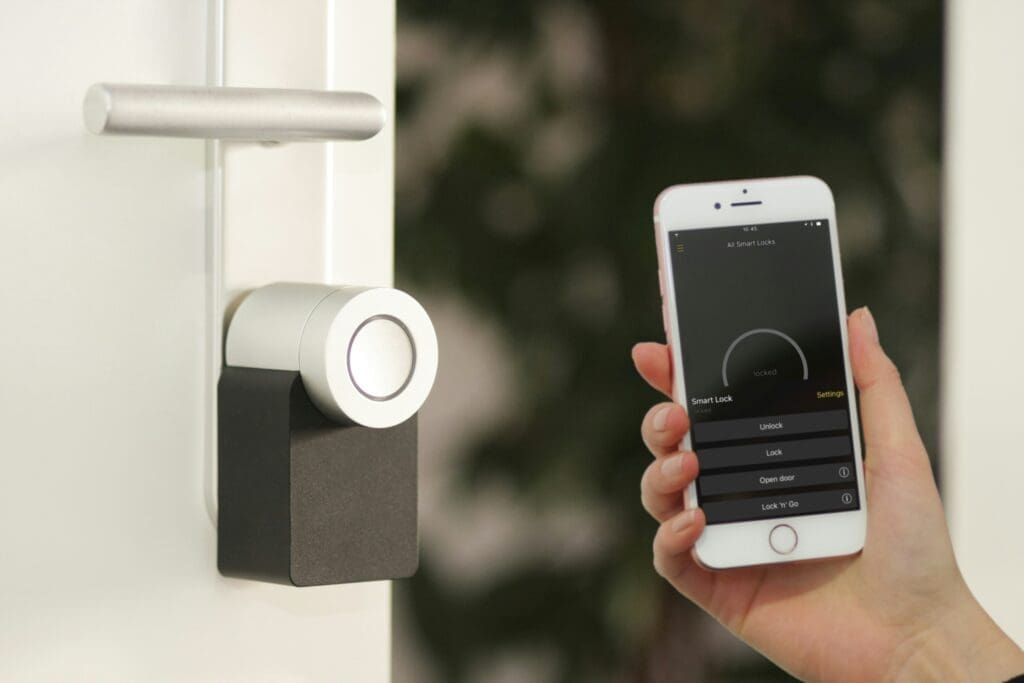
- Long-Term Cost Savings: While the upfront costs of installing a smart home system are high, the savings in energy bills and resource use make these homes a financially sound investment over time. The average smart home can save a household up to $131 and $145 annually on energy bills, creating a significant long-term reduction in expenses.[4]
- Fault Detection and Immediate Alerts: One of the standout features of smart homes is their ability to detect potential issues, such as water leaks or gas faults, and send immediate alerts to homeowners. This proactive approach can help prevent expensive repairs and provide peace of mind.
Outlook
Predictive Energy Management
By 2025, smart homes will incorporate more advanced predictive energy management systems. These AI-driven technologies will not just monitor and optimize energy usage based on real-time data but will predict future consumption patterns. Using weather forecasts, appliance usage history, and personal habits, these systems can reduce energy waste by up to 25%, making homes more eco-friendly and cost-efficient.[5]

AI-Powered Home Assistants
Next-generation AI-powered home assistants will take automation to a new level. These assistants will not only respond to voice commands but also anticipate needs based on daily routines. For example, they might automatically prepare your morning routine by pre-heating the shower, brewing coffee or charging the car. AI assistants will also integrate better with other smart home systems, acting as a centralized brain for all home automation, creating a seamless user experience.[6]
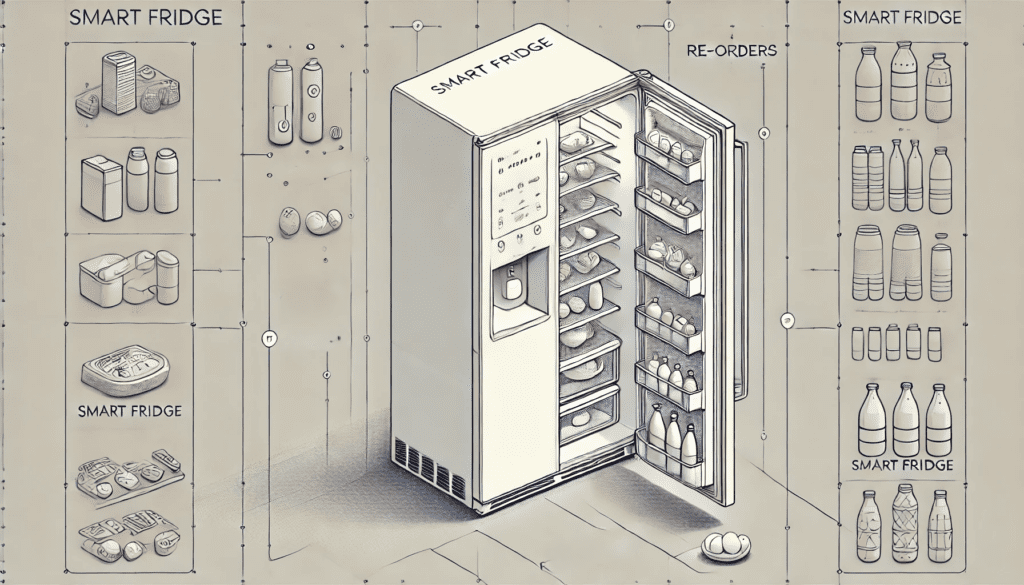
Health Monitoring Integration
One of the most innovative features expected in 2025 is smart home health monitoring integration. Wearables and in-home sensors will track residents’ health metrics like heart rate, sleep patterns, and even air quality. Homes will adjust settings—such as increasing airflow for those with respiratory issues or dimming lights for better sleep quality—creating an environment tailored to the occupant’s health needs.[7]
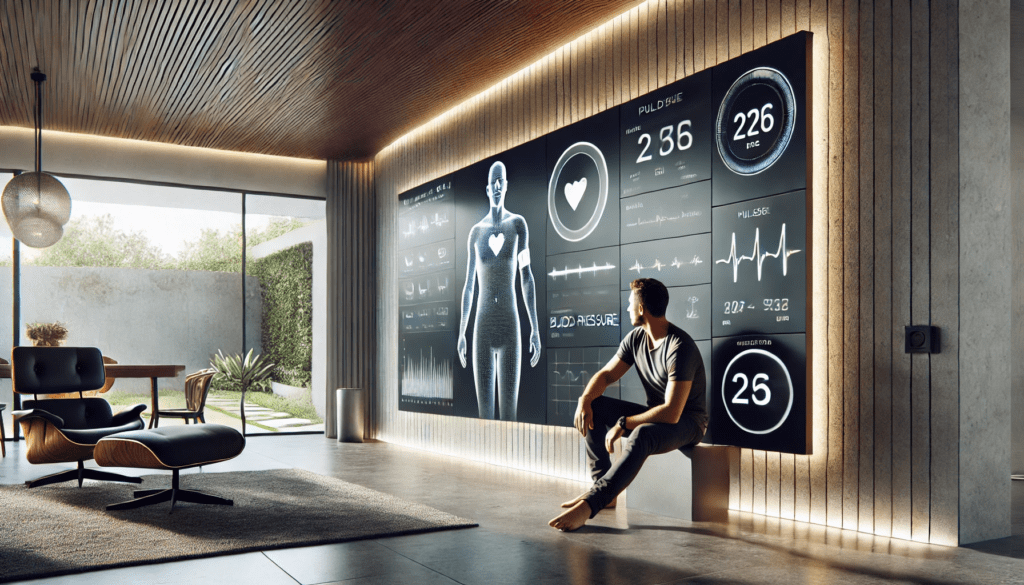
Conclusion
Smart homes represent a forward-thinking alternative to conventional living spaces, offering a range of advantages from improved energy efficiency to enhanced security. However, the cost and privacy challenges remain barriers for many potential homeowners. As the technology matures and becomes more affordable, smart homes will undoubtedly play an increasingly important role in how we live.
In a world where sustainability is becoming more critical than ever, smart homes offer the tools to manage resources efficiently and help address environmental challenges. Though the initial investment may be high, smart homes provide tangible benefits in terms of time savings, energy reduction, and overall quality of life, making them a highly appealing option for the future.
Sources:
[1] https://store.google.com/us/category/nest_thermostats?hl=en-US
[2] https://www.sciencedaily.com/releases/2023/06/230607124027.htm
[3] https://www.vodafone.co.uk/newscentre/our-network/new-iot-smart-water-meters-cut-water-consumption/
[4] https://www.digitaltrends.com/home/how-much-will-a-smart-thermostat-save-on-energy-costs/
[5] https://new.abb.com/news/detail/92715/abb-smart-buildings-ai-powered-saas-increases-energy-efficiency-reduces-carbon-footprint
[6] https://www.restack.io/p/ai-in-smart-home-devices-answer-2025-innovations-cat-ai
[7] https://techbullion.com/the-future-of-smart-home-technology-whats-next-in-2025/

